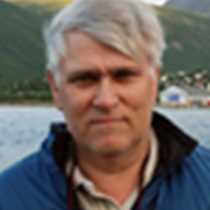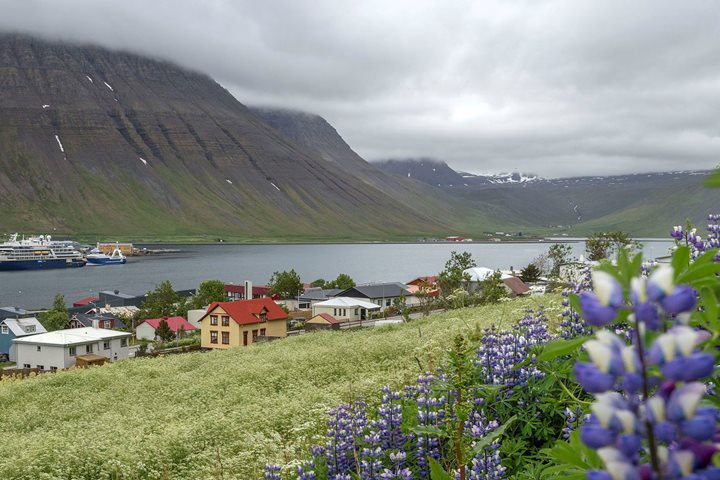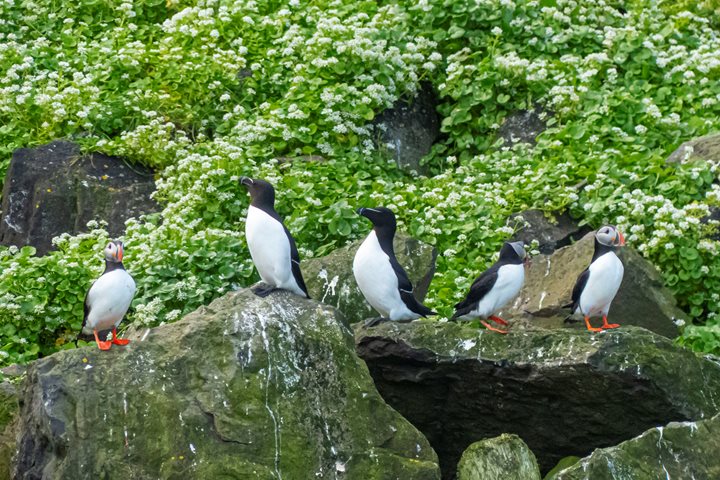Overnight the ship sailed west along the northern coast of Iceland, and as our wakeup call came in the morning we were at the very northwestern end of Iceland, in Isafjordur. The aim for the morning was to explore an island far into the fjord system, named Vigur. As we approached the island some humpback whales, both adults and young, were sighted.
At the island of Vigur a family has been fishing and farming for centuries and this also includes collecting eider down. The island is now a private nature sanctuary and all birds are extremely tame and very approachable, which of course is very attractive for photographers. Of course, the tame puffins were the highlight, but also black guillemots, aggressive and fearless arctic terns defending their territories as people came to close to their nests. Noisy redshanks and oystercatchers came over our heads watching our movements closely. Both puffins and black guillemots were arriving with fish, a good sign that chicks have hatched in the nests. Plenty of female eider ducks were swimming along the coastline with their ducklings.
The locals took us on walking tours of this extremely quaint little island and explained how life was “back in the old days.” They also introduced us to the whole process around collecting eider down. All the local guides are part of the family which owns the island, and all had great stories to tell. Some eider chicks kept in a pen were the “cute attraction,” and some tasty cakes had also been prepared for us.
Through lunch the ship steamed further into the fjord to the old fishing town also named after the fjord: Isafjordur. It is located sheltered in a fjord arm and with ideal conditions for a harbor. It used to be the second largest township in Iceland, totally focused on the rich fishing grounds between Iceland and Greenland. Nowadays about 6,000 people live here, but 40 years ago it was 12,000. Today, the fisheries industry still drives the local economy.
In splendid weather, somewhat unusual in this part of Iceland, the afternoon was spent with options for exploring. One was a bus tour that took some of us deeper into the fjord visiting different locations and ending up by an arctic fox museum. Others did a tour with more of a focus on the flora, and another group spent time exploring the town on foot and visiting the local museum.







